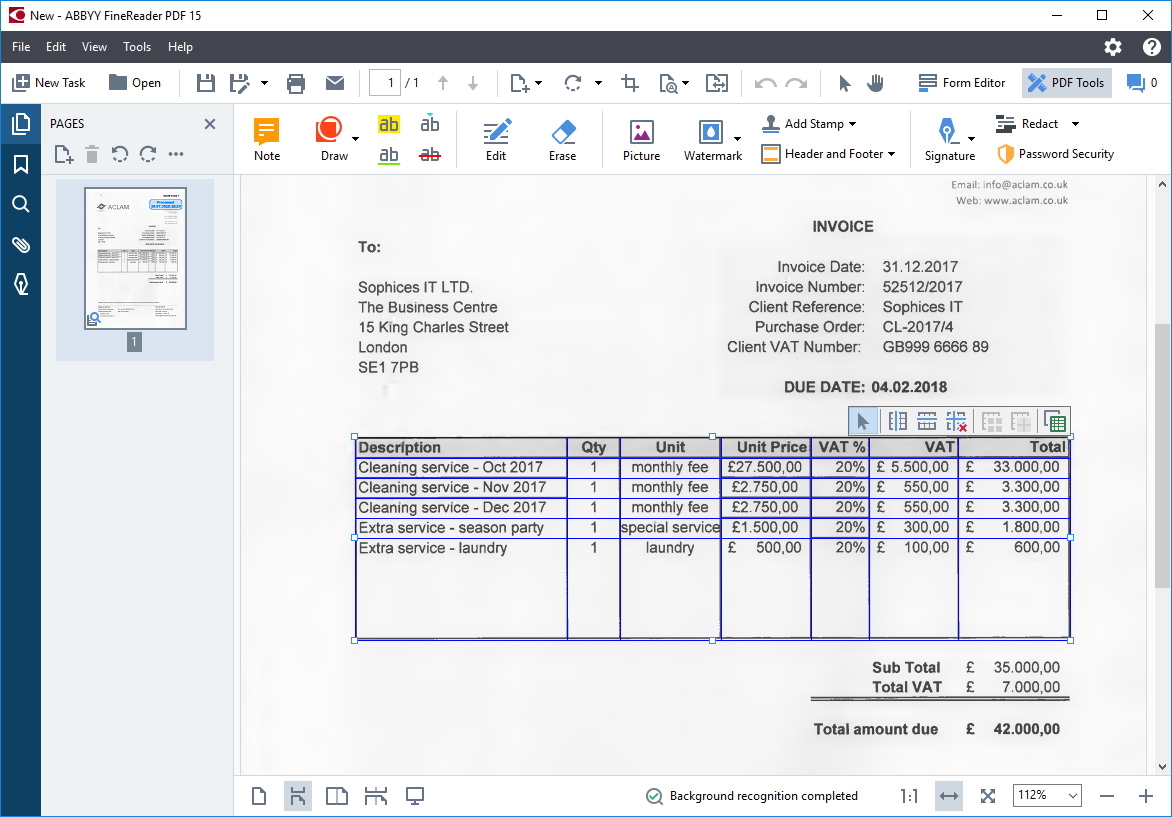

A product that would satisfy this demand was bound to appear sooner or later, so we were faced with a choice: wait for somebody to provide the right tech, or begin developing our own.īy 1992, the OCR problem was becoming urgent: sales were hurting and the competition was gaining ground. Furthermore, even after training the quality of recognition results left much to be desired.īy that point we were not the only company in need of quality OCR, and market demand for such technology began to take off.


But if the font face or size changed, the training process had to be started from scratch. After several such confirmations it would begin to recognize that character, provided it was printed in the same font and size. The program needed extensive training before it could begin recognizing text: whenever it encountered a new character in a specific font on the image, it required the user to confirm the correct result. When it came to OCR, however, things were far from satisfactory. Lingvo Systems’ output translations were very rough, but generally good enough to get the point across to the reader. The three components from third parties provided OCR, text correction, and translation functions. It consisted of four components, of which only one, Lingvo, was made by ABBYY.
Changing fonts in abbyy fine reader for mac software#
It may seem a bit strange that the young developers at BIT Software (as ABBYY was called back then) started working OCR technologies right after launching a dictionary application, but in fact this is no coincidence.įineReader’s roots stem from the early 90s, when BIT Software began developing an ambitious solution called Lingvo Systems that allowed users to scan documents and translate them into a different language. That is only a little less than the age of a lesser-known ABBYY product, the Lingvo dictionary application, which happens to be the company’s first. FineReader, ABBYY’s optical character recognition (OCR) application, which now has millions of users worldwide from Antarctica to Greenland and the North Pole and takes the leading places in OCR market, turns 23 this year.


 0 kommentar(er)
0 kommentar(er)
